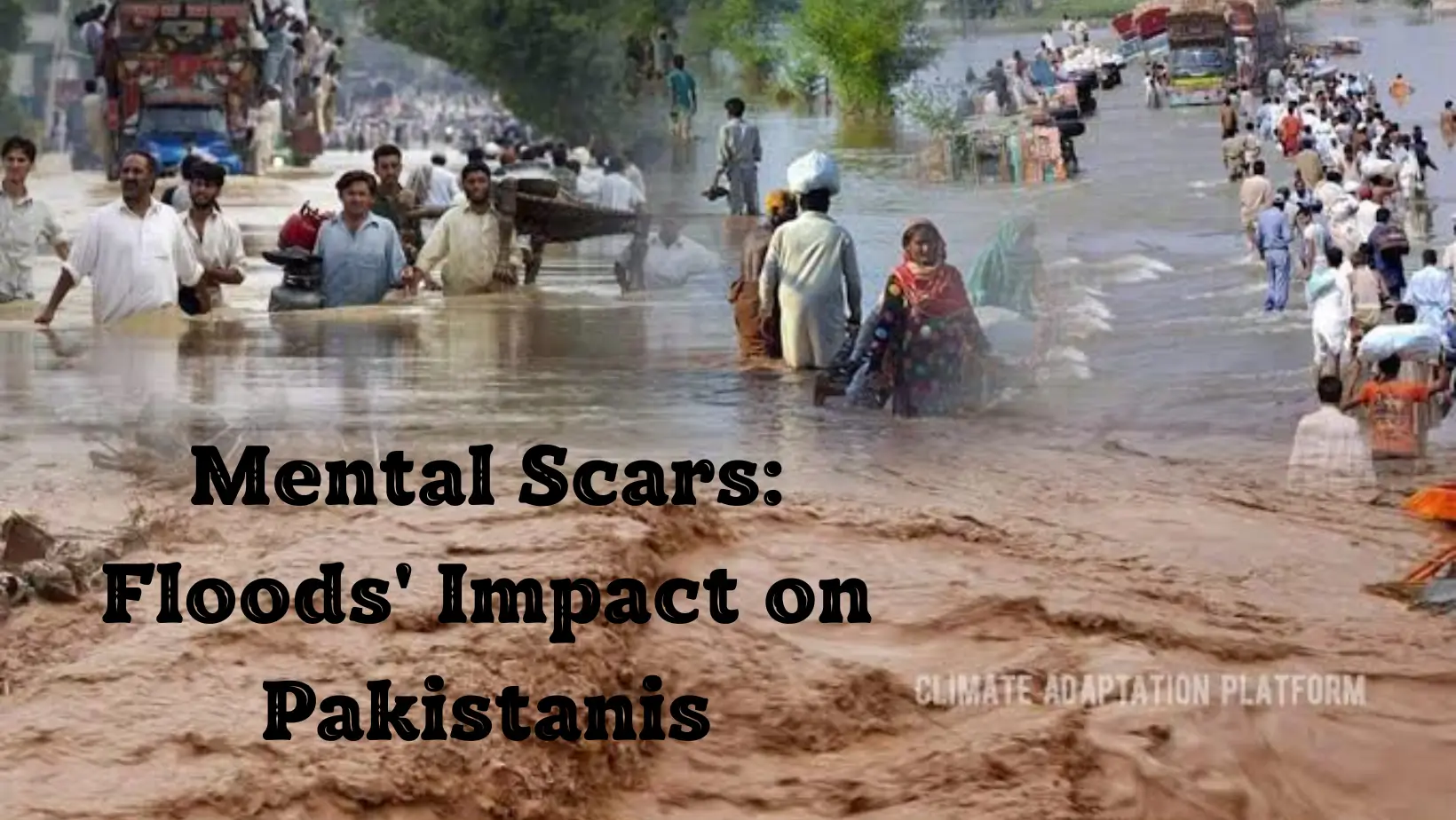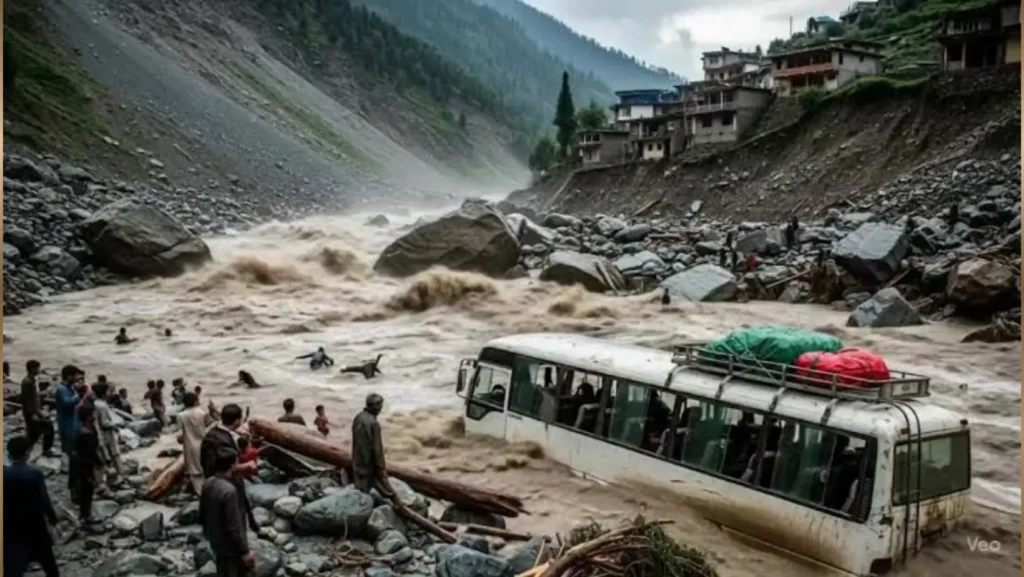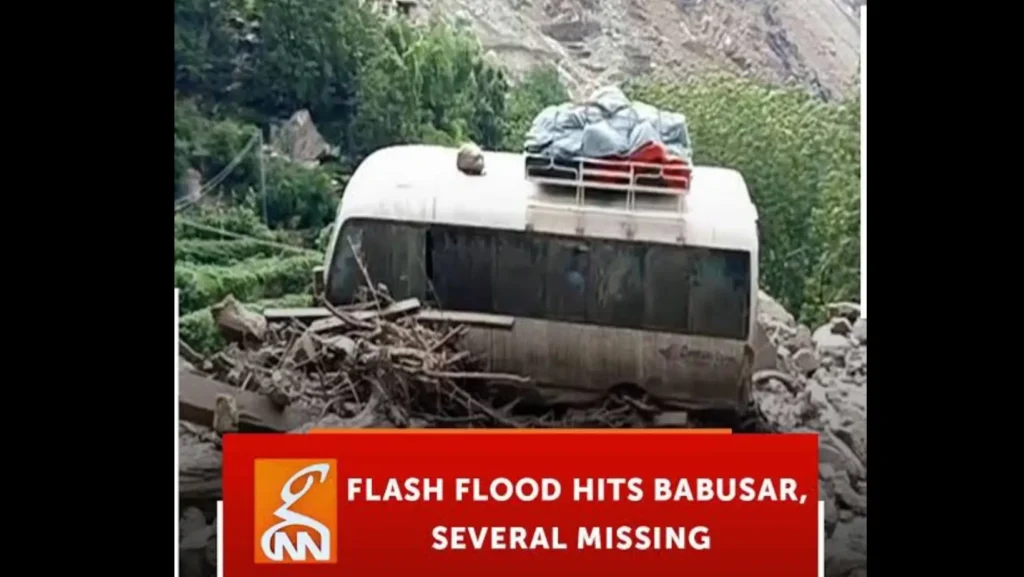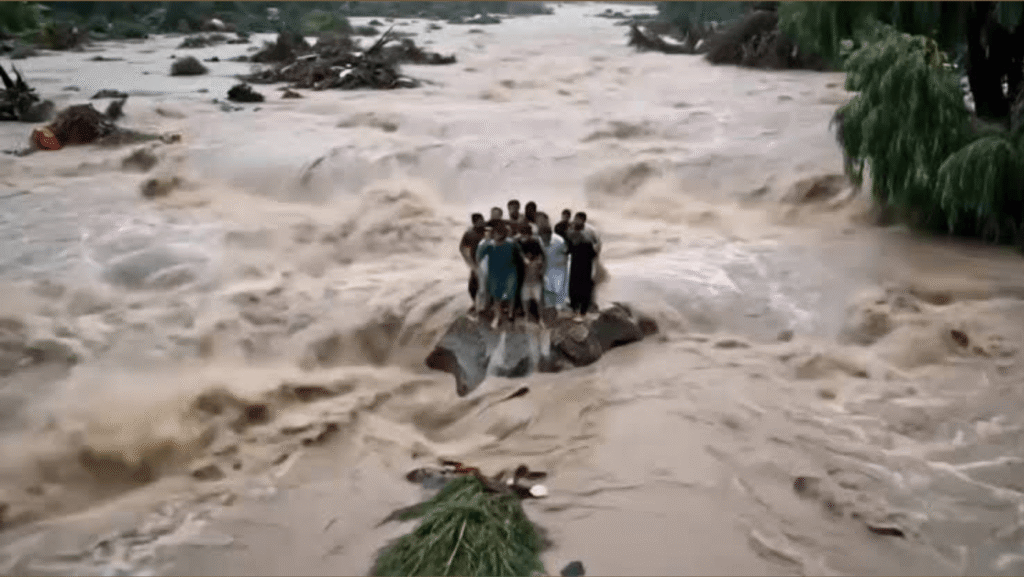
Pakistan has a huge problem. Floods are in the land, repeatedly. A broken home is just part of the story, but many Muslims and Pakistanis are also undergoing some hidden pain. These floods leave behind not only destroyed buildings and ruined items, they also continue a historical tradition of mental pain. The floods tell a bigger, more significant story; one that will determine how an individual feels, behaves, and thinks for many years to come. This article explores the awful mental health conditions that can be triggered by a sudden flood. It also points to the need for acute mental health care for the person.
Read more: 10 Clues Your Mind Is Finally Healing
A Sudden Wave Of Sadness: The Moment After The Flood
The moment of shock is incredibly difficult. At first, the individual sees their home being damaged; then they watch their livelihood turn to rubble. The racing torrent casts them with the deepest fears. Many will suffer acute stress in the immediate aftermath of the event itself. The fear overtakes the individual. Hickey (2023) shows that panic often commences. Like those experiencing panic, people are experiencing overwhelming anxiety.

In addition, sleep becomes increasingly difficult. Many survivors have disturbing dreams. The sounds of rushing water linger in their heads. Children, in addition, experience more aggression. They continue to withdraw. Unfortunately, the first few days are a muddle of trauma. There is little ability to function. People feel helpless. They feel completely hopeless. A study done with people from flooded regions found that almost all (96%) in one area had symptoms of Post-Traumatic Stress Disorder (PTSD). Similarly, rates of anxiety problems decrease. PTSD sets in quickly. The first few days are a mental health emergency.
Water Gone, Shadows Stay: Long-Term Hurts
Even as the waters recede, the pain of the mind stays. However, the mental effects of emotional harm often worsen. Many find it difficult to shake constant tension and worry. Ongoing sadness becomes a part of their routine. Hopelessness pervades their thinking. People go through ongoing mourning. Mourning family members lost to floods. Mourning possessions ruined beyond recognition. Families and whole towns have to move. Except for relief, which sometimes makes the distress worse.
As a result, the financial uncertainty is immense – loss of crops and animals for farmers, business failure, and loss contribute to this financial devastation and increase stress levels. Many people struggle to rebuild, with issues that seem insurmountable, and equally, the social networks disintegrate. Friends and neighbors become displaced – loss of community support will compound the isolation of individuals. And worse yet, aggregated mental health issues can be made much worse when one does not have their support network.
When considered in isolation, pre-existing mental health issues can be compounded, or new issues may arise. Substance abuse may even rise, regrettably, and we sometimes see a rise in domestic violence, too. In one review, it was found that 20% of flood survivors across the world were diagnosed with depression, 28.3% anxiety, while 36% met criteria for PTSD. Ultimately, these indirect impacts will obstruct further recovery in the years to come.
Weak Minds, Stronger Fights
Some populations are at greater risk. Children, of course, are particularly at risk. Their young minds have a harder time processing the trauma. They may exhibit signs of behavioral regression, and typically, their learning is detrimentally affected. Girls, in addition, face challenges. There are cases of forced early marriages. At times, this occurs as families search for ways to relieve financial burdens.
In the same way, women carry the burden more than men. They most often hold the needs of the household. They are often the ones caring for the rest of the family in the chaos. Due to this, women report higher degrees of depression than men. The anxiety they experience is also often more severe than that of men.
A study from Hyderabad, Sindh, following the floods of 2022, reported alarming levels for depression (68%), anxiety (62%), and PTSD (55%), with women showing levels consistent with much more severe symptoms. Elders are also suffering greatly. They also report that the loss of dignity is profound. They report they feel completely helpless. People with disabilities often have the extra burden of their disability. With disaster, there is often an even more difficult pathway to access support for them. Hence, selective interventions are urgent. We need to understand these specific vulnerabilities.

Coping Mechanisms: Resilience in the face of hardship
Despite the hardship, human resilience is prevalent. Quite astonishingly, people develop several coping mechanisms. For some, they act from their religion. Their faith can provide solace and courage. Others depend on the community. Humans are inherently social. Neighbors assist one another. Neighbors combine limited resources. Others developed community mutual-aid networks.
Conversely, informal coping strategies can be problematic. Most coping relies on “us,” the community. And most coping strategies are quite weak. And again, these communities often lack competent professional support for mental health. Not only that, in rural areas, there is even less access to support. Wanting to access mental health care has a stigma associated with it. Many fear using an educational or mental health resource for fear of others knowing. For all these reasons, people’s help-seeking behavior keeps them from engaging in care altogether.
For instance, only 8% of the individuals sought professional counseling in the Hyderabad study, but 72% needed counseling in a formal setting. This contradiction in help-seeking creates a silent crisis. The need for education looks at mental well-being rather than problems. We need to normalize people seeking help from psychological practice.
Building Back Better: Incorporating Mental Health into Disaster Relief
A whole-person approach is critical. Physical help alone cannot be the only priority. We need to include mental health services as part of the disaster response process. We should make mental health services a fundamental element of disaster response. Sure, immediate psychological first aid is vital, but we also need long-term counselling programs, which must not only be culturally adaptable but also be community-based.
Training local health workers must be prioritized, as they can provide first-line support and identify complex cases. Reinforcing existing health systems is crucial in providing the support needed and ensuring that mental health professionals can reach the communities affected. Public health campaigns will also reduce stigma and encourage the public to seek help. Strengthening communities will improve resilience by building local leadership, which includes mental health and psychosocial support for children and women based on their unique situations.

Toward a Call for Action: Investing in Minds (Securing Futures)
The recurrent floods in Pakistan illustrate a stark truth. Climate change directly contributes to the frequency and overall magnitude of these events. It accounts for the suffering of humans, and it affects mental health. The prevalence and impact of mental health will also increase. We cannot deny this relationship. Decision-makers must prioritize mental health. Investing in mental health services requires funding. Historically, Pakistan has allocated less than 1% of its total health budget toward mental health resources. The nature of resource allocation must reflect urgency.
Ultimately, global collaboration is critical. We require international support as well as the sharing of best practices and shared experience. By investing in human minds, we are investing in the future of Pakistan. Only then can communities affected by disaster truly recover. Only then can they rebuild with resilience and strength. The investment must be sustained, and the effort sustained and meaningful. This is an important step in our duty to the resilient people of Pakistan.



Leave a Reply